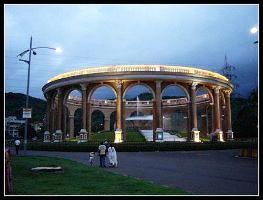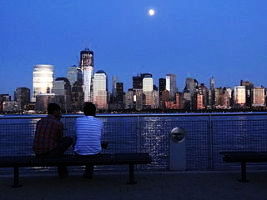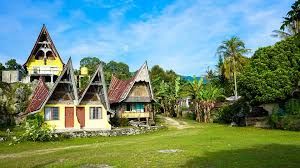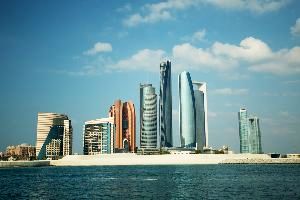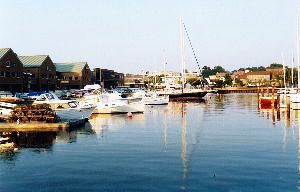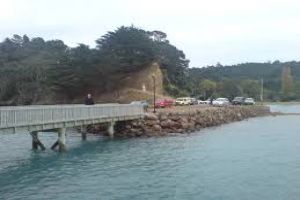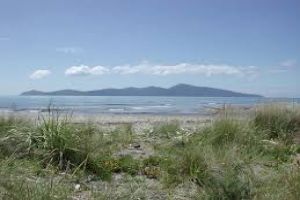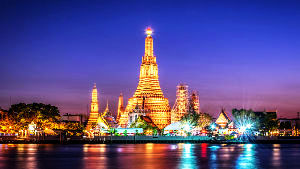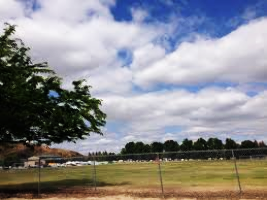Places to visit in Meghalaya
Packages
Ideal Days
Best time to visit
Currency
About Mawlynnong
There is an otherworldliness about Mawlynnong in the East Khasi Hills of Meghalaya. Your first impression of this tiny village of just 900 residents is of paths dotted with flowers, connecting every dwelling.
When you look closer, you also spot trademark bamboo baskets marking the path. The village folk ensure all litter is deposited here, never on the ground. It is traditions like this one that give Mawlynnong its reputation of being Asia’s cleanest village.
Some investigation reveals the title was first bestowed on Mawlynnong by the travel magazine Discover India in 2003. It’s easy to see why the title stuck. But among the people of these parts, it is still better known as God's Own Garden. It is also all that you are finally left with— Mawlynnong’s astounding beauty. The fresh cleanliness of this charming village of many flower-laden paths is only coincidental.
WHAT TO SEE
Living in Mawlynnong is an experience in itself. But when you are there, you could try a couple of quick excursions to several nearby sites. All of these make for pleasant evenings well spent.
Mawlynnong Falls: While not as big as Meghalaya’s legendary Nohkalikai Falls, the Mawlynnong Falls has an allure of its own. The enchanting setting will certainly enthral you, especially as you wade into the water till you stand right under the falls. A very short trek from the village it’s definitely a great way to spend your evening.
Jingmaham Root Bridge or the Single Decker Root Bridge: If Meghalaya is known for one thing, which is different from anything you have seen in any other part of India, it must be its root bridges. A creation of the Khasi and Jaintia, these are made by weaving together the roots of trees into bridges, which have the capacity of carrying at least 50 people. There are 12 of them across Meghalaya. One of these can be spotted at Mawlynnong. But these are not to be confused with the famous Double Decker Living Root Bridge at Nongriat. Here, as the name suggests, you find two bridges, one placed below the other.
Mawlynnong Sacred Forest: Revered by the Khasi tribes, the Mawlynnong Sacred Forest is known to hold many herbs cherished for their medicinal value. It is also bordered by the Khasi Heritage Village, which has many mock tribal huts on display.
Dawki: You are most likely to pass Dawki on the way to Mawlynnong, from Shillong. This is also the location of the International Radcliffe Line, which separates India and Bangladesh. Watch out for an aerial view of the Umngot River at this point. It is an aerial view of Dawki unlike any other. Enroute to Dawki, you can also stop by the spectacular Bophill Falls.
Our tip: Once you have done with excursions during the day, the best way to spend your evening is sitting down outside and looking into the sky. The view of the stars over this village and the stillness of the night sky is unlike anything you will ever experience again in this life.
WHAT TO DO
Being at Mawlynnong is a chance to experience nature in all its glory, whether you choose to camp under the stars or go for a short hike into the surrounding forests. But it’s also a chance to experience the culture of this northeastern state in all its glory.
What to eat: Cuisine in this part of India celebrates pork, reflecting its tribal past. You can’t leave Meghalaya without sampling its pork staples like jadoh and dohkhlieh. A favourite fish preparation is nakham bitchi, which is a fish and vegetable soup. Other cuisines unique to this part of India are pumaloi a steamed rice preparation and bamboo shoots.
What to buy: The best takeaways from Meghalaya are handicrafts made in bamboo or using the distinctive weaves of these parts. For women, you could try a dakmanda, which is a traditional wraparound skirt worn by the Garo women. You may not find a shop where this is on sale at Mawlynnong but watch out for curio shops at Shillong or popular tourist destinations like Nohkalikai Falls.
Getting around: The only way to travel around Mawlynnong is to use private transport. Most hosts here are aware of this. So, they should be able to help you arrange this. Enquire about it before you reach Mawlynnong.
Where to stay: While most travellers tend to drive down to Mawlynnong, we would encourage you to find accommodation amongst the local people here. The only way to experience Mawlynnong is to live in the village.
The best time to visit: It is best to visit Mawlynnong during the summer March-June and monsoon June to September months. While the summers are pleasant, the monsoons can be accompanied by heavy rain. But this is when Mawlynnong blooms and is spectacular in its beauty. During the winters, the temperature can drop as low as two degrees centigrade.
How to get there: The best way to reach Mawlynnong is by road. The nearest airport is Shillong Airport, which connects it to all India’s major cities. The nearest railway station is the Guwahati Railway Station.
Mawlynnong Rating & Reviews

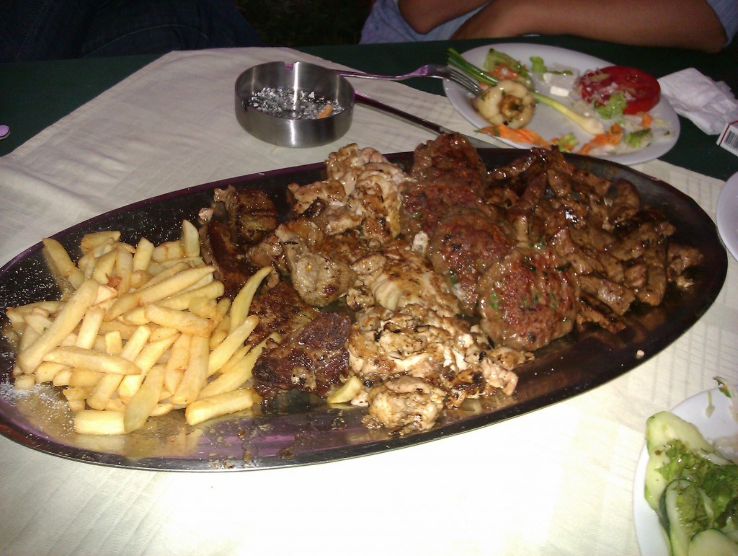
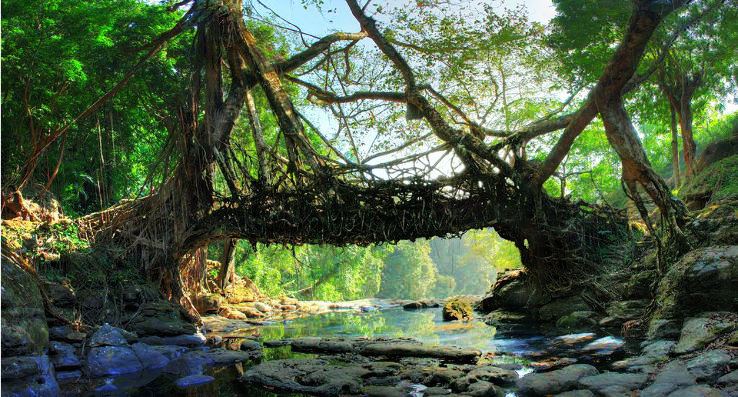
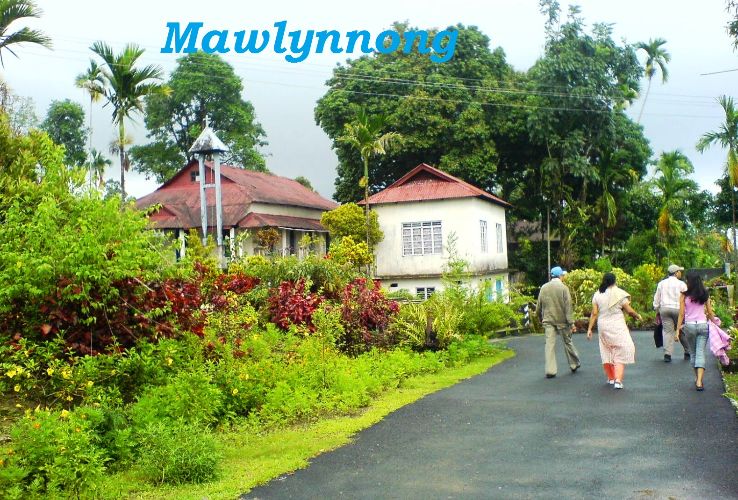
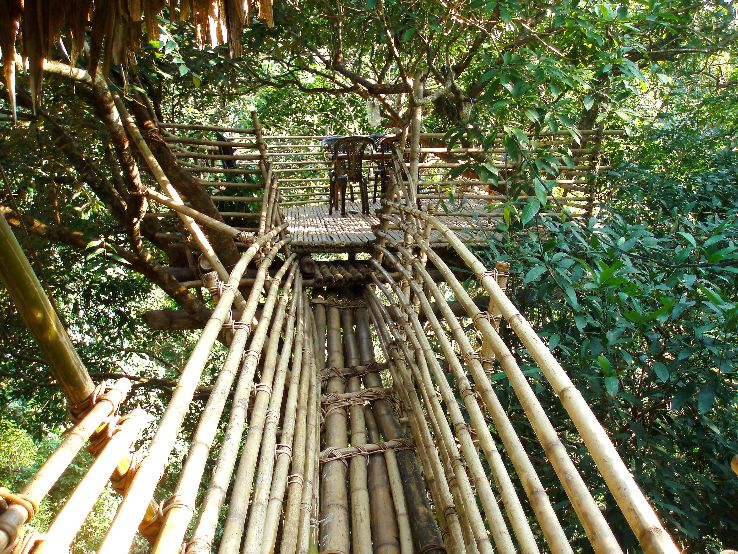
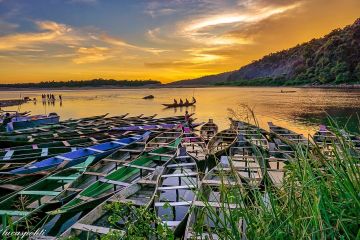
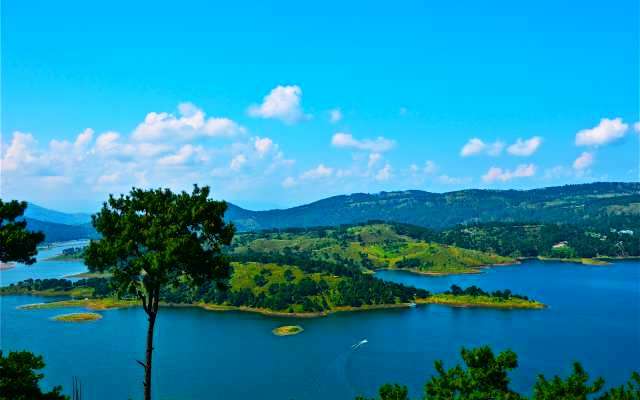
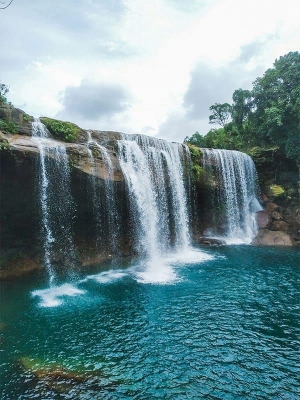
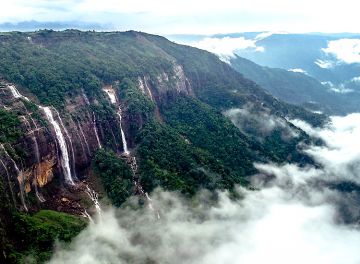
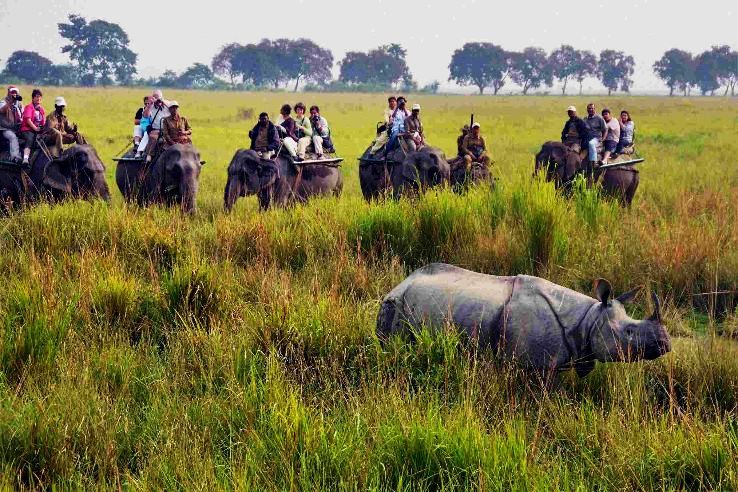
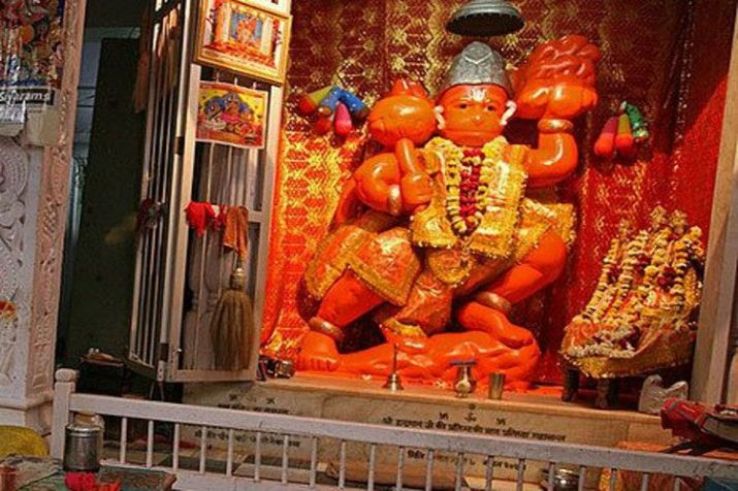
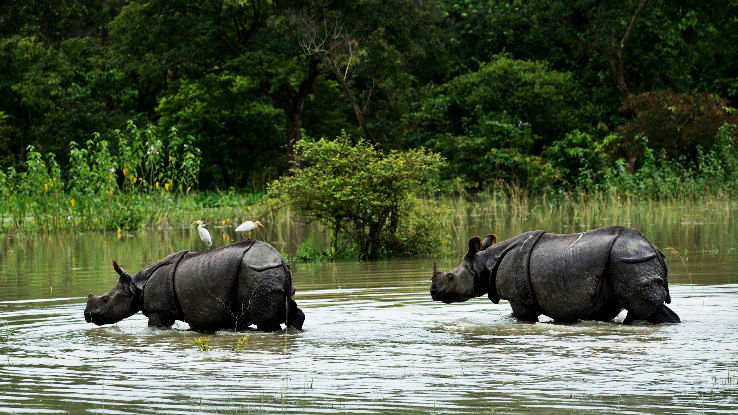
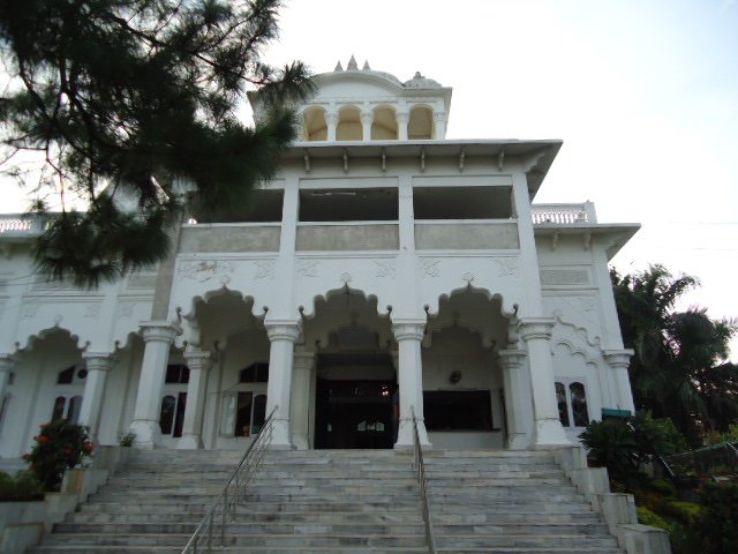
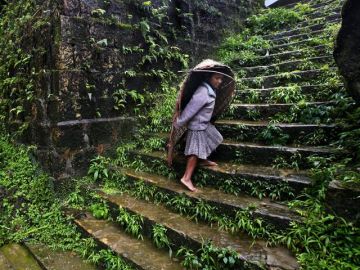
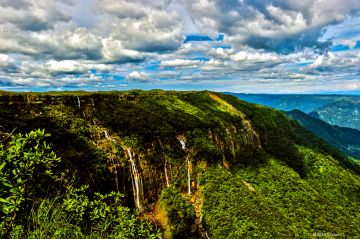
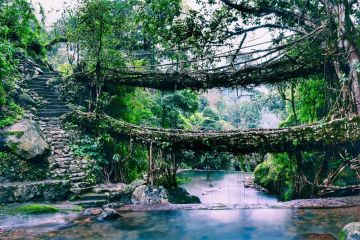
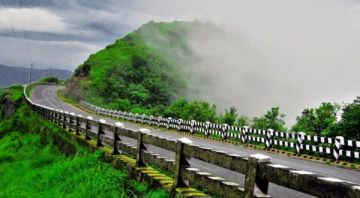
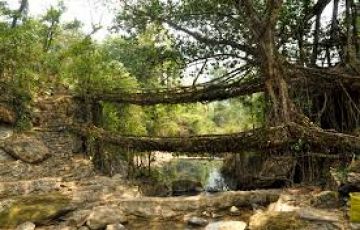
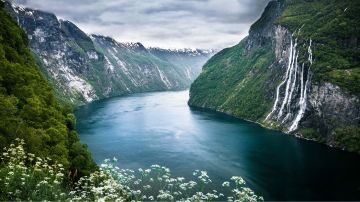
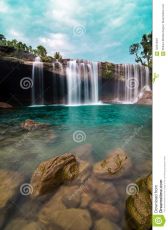
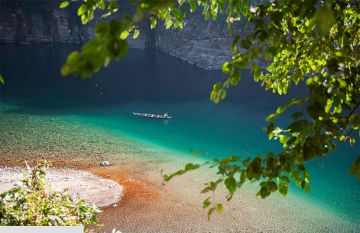
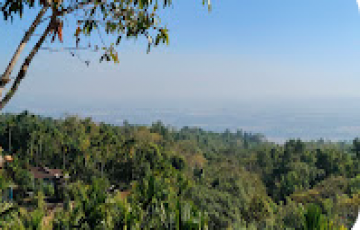
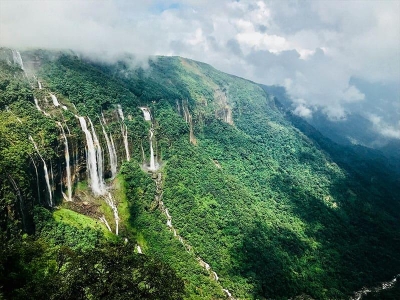
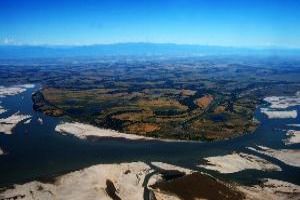
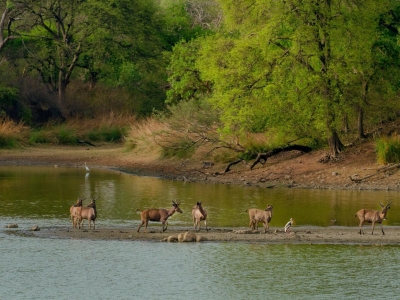
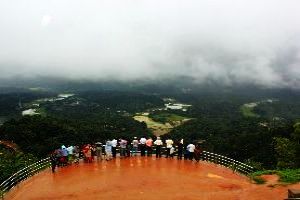

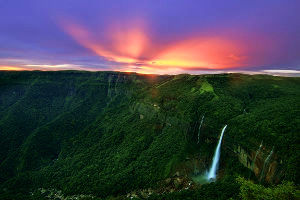
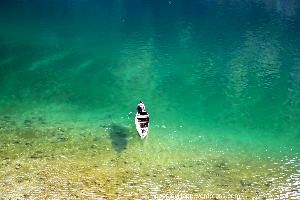
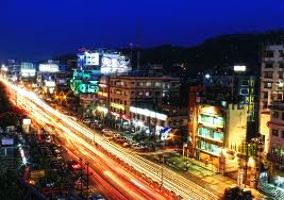
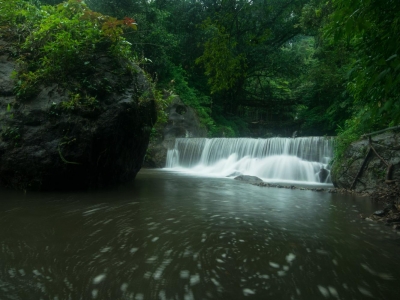
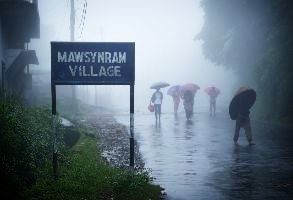
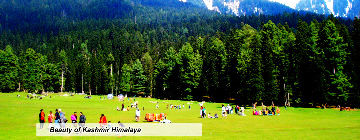
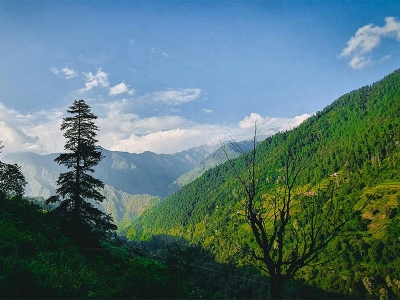
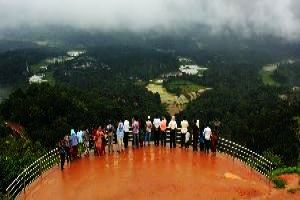
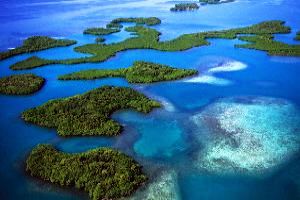
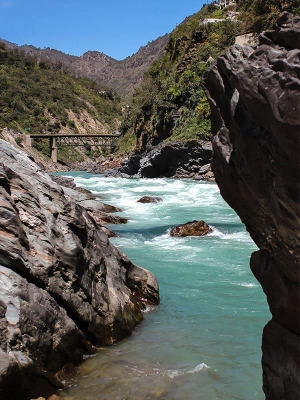
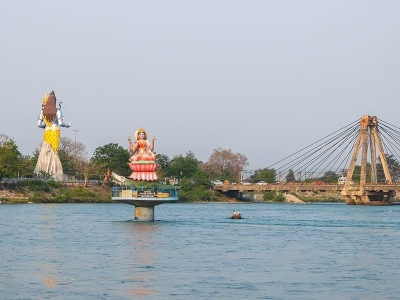
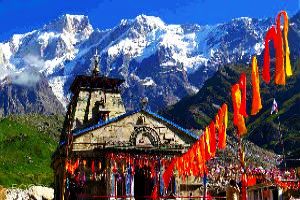
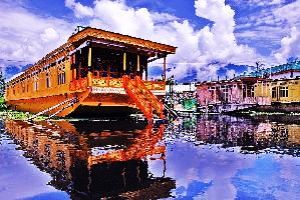
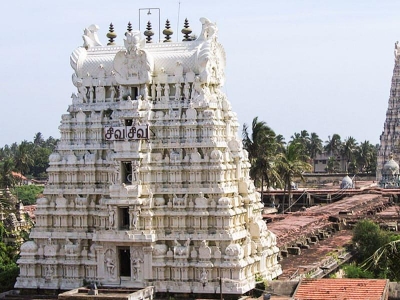
_1509342789m.jpg)

